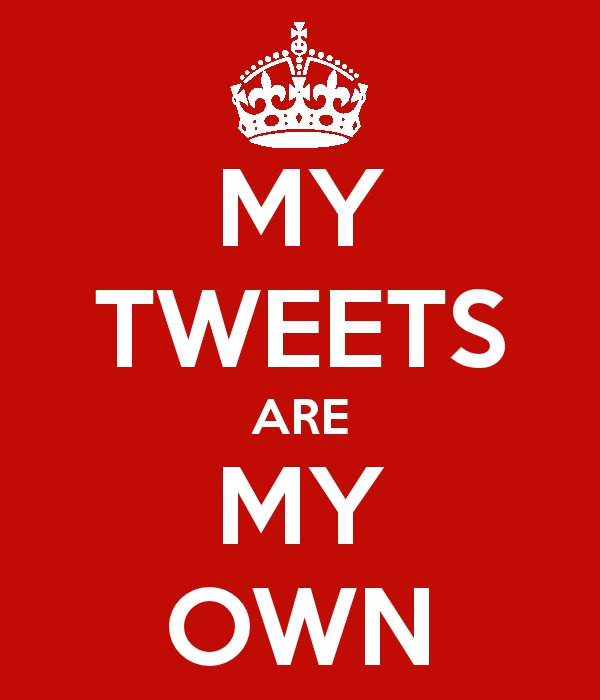The question you might ask is; “If social media doesn’t sit
in PR, where the heck does it sit?”
Well, I’ve spent a little over three years, spanning two
jobs and some freelance bits-and-bobs, working in social media roles. In both full-time
jobs, my role began in the Web Team, and was then moved to the Press Team. In
both cases, I worked very closely with the Press Team whilst I was seconded to
the Web Team, and then worked very closely with the Web Team when my role moved
to the Press Team. My freelance work is usually commissioned by the Press or
Marketing Teams of the organisations that I work with.
It’s interesting, the core function of a social media guy or
gal is to communicate, usually to speak on behalf of the organisation through
branded accounts (I know the role is far more complicated than that, but talking
to people online on behalf of your organisation is the basest, most simplified
way of describing what people like me do to put bread on the table). That voice,
or at least the person/s responsible for the formation and development of that
voice, should sit within the Press Team, absolutely no question about that.
Having said that, the best social media people also have a working
understanding of SEO, HTML and image editing software (Photoshop etc), and the really
good ones might be able to turn their hand to some programming as well. It is this
understanding of the technical side of online that can really help to drive creativity
and deliver campaigns that really have an impact.
Your social media manager/strategist/other should sit with
the Press Office peeps, but he or she MUST have direct communication channels
with your Web Team, Customer Support Team, and any other people that speak on
behalf of the organisation in any role – From your Chief Exec to an intern
helping to draft some copy for the website.
The key is to ensure that your social media person is adept
at razing silos to the ground, developing/fixing/maturing internal comms
channels, and being able to do all this whilst developing positive relationships
with key members of key teams within your organisation, rather than harming them.
Does your organisation’s social media role sit somewhere
other than the Press Team? If so, where does it sit, and why?
















